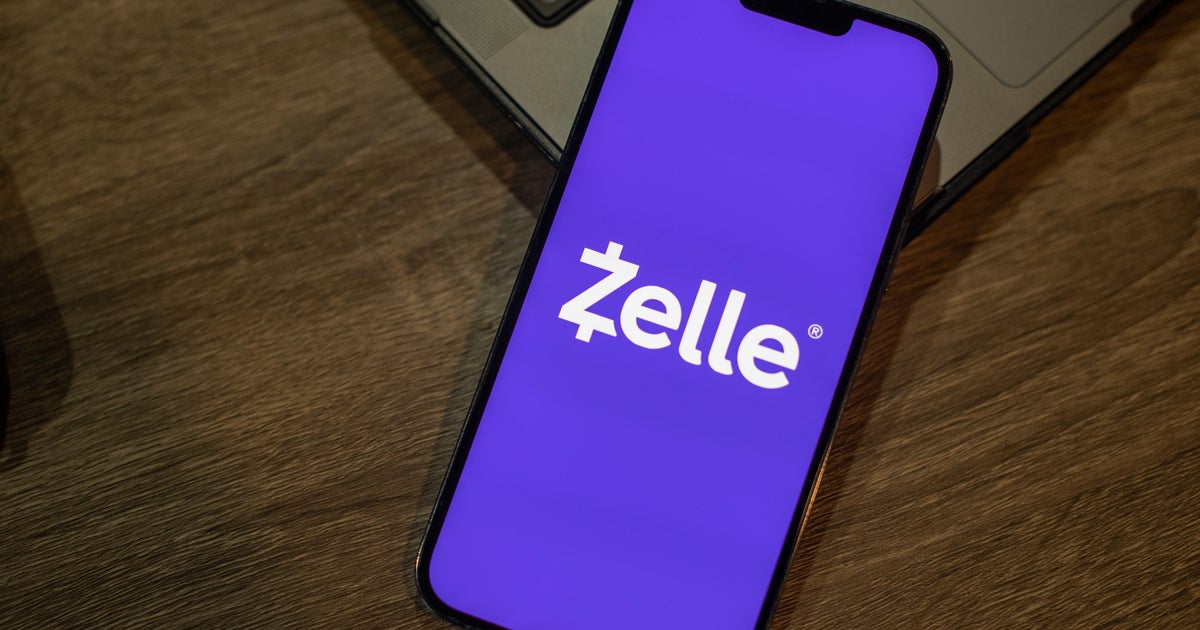SpaceX launches Falcon 9 with final set of 10 Iridium network satellites
A SpaceX Falcon 9 rocket carrying a final set of 10 Iridium NEXT communications satellites blasted off from California early Friday to complete a $3 billion 75-satellite upgrade that will add long-awaited broadband and aircraft tracking services to Iridium's globe-spanning satellite telephone network.
SpaceX recovered the booster's previously flown first stage with a landing on an off-shore droneship named "Just Read The Instructions." It was the company's first landing try since a wayward booster returned to an off-target splashdown in the Atlantic Ocean off Cape Canaveral on Dec. 5.
Assuming Friday's launch and satellite deployments go well, SpaceX will turn its attention to readying another Falcon 9 for launch early next month from the Kennedy Space Center on a critical test flight of the company's commercially-built Crew Dragon astronaut ferry ship.
If the unpiloted test flight to the International Space Station goes smoothly, SpaceX and NASA hope to launch the first two-man crew to the lab complex later this summer, the first piloted launch aboard an American-made rocket since the space shuttle was retired in 2011.
For Iridium, the launching Friday marked a major milestone in its own right, the eighth and final flight in a complex satellite-by-satellite replacement of the company's aging first-generation relay stations with more powerful spacecraft offering more faster communications and new services.
"The ending (of the launch campaign) doesn't seem as big of a deal as the beginning," said Matt Desch, Iridium's CEO. "Well, for Iridium it's a huge deal. ... There was a lot of excitement when our first launch finally occurred two years ago on Jan. 14, 2017, which was amazing and very important. But our final launch ... is by far the most important milestone of all."
He said the completion of the $3 billion network refresh will open the door to new services and revenue streams, "but to me, this launch symbolizes something even more important."
"It means finally realizing the dream the founders of this system had more than 30 years ago," he said. "It means our network will finally achieve the financial independence and the security that make the satellite network operator mature and successful and creates a lot of opportunities for us that we've never had before.
"This is a big deal for our customers, our partners and frankly, for the industry itself."
The Falcon 9, using a first stage that helped launch a satellite from Cape Canaveral last September, thundered to life at 10:31:33 a.m. EDT (GMT-5) and climbed away from complex 4-East at Vandenberg Air Force Base northwest of Los Angeles.
With its nine first stage engines generating a combined 1.7 million pounds of thrust, the Falcon 9 quickly arced away to the south over the Pacific Ocean as it consumed propellants, lost weight and smoothly accelerated toward a 483-mile-high polar orbit tilted 86.4 degrees to the equator.
Two-and-a-half minutes after launch, the first stage fell away and re-oriented itself for re-entry and landing. The second stage then fired up its single engine for the first of two planned burns to reach the target altitude.
Once in position about an hour after launch, the Iridium NEXT satellites were released, one at a time, from a dispenser atop the second stage.
"That's not only 10 for 10 today, but that's 75 for 75!" SpaceX commentator John Insprucker said, closing out the company's launch webcast. "It's been a clean sweep for Iridium and Falcon 9. ... When Iridium and SpaceX entered into this agreement, it was at the time the largest single commercial satellite deal ever signed. It's been exciting to support these launches and a true honor to be Iridium's launch provider."
The flight also chalked up another first stage landing success for SpaceX. The company's recovery record now stands at 33 successful landings, 21 on droneships, 11 at the Cape Canaveral Air Force Station and one at Vandenberg Air Force Base. Six landing attempts were unsuccessful.
While a key part of SpaceX's drive to lower launch costs, booster recoveries are a secondary objective. The primary goal of Friday's flight was putting the 10 Iridium NEXT satellites into the intended orbit.
The Iridium constellation requires 66 satellites, 11 in each of six orbital planes, putting users within line of sight from anywhere in the world. The 10 launched Friday were bound for plane No. 3, the only one still using older-generation block 1 satellites. Those six older relay stations will be replaced by six of the new spacecraft with the remaining four serving as orbital spares.
After Friday's launch, Iridium will have the full suite of 66 NEXT satellites in orbit with nine space-based spares and another six held in reserve on the ground.
"The new satellites are a lot more powerful, a lot more processing power, they've got a lot more memory, a lot more capacity, they actually expand our ability to support customers," Desch said in an earlier interview. And, he added, "they're easier to operate."
The 1,896-pound solar-powered satellites, designed by Thales Alenia Space and mass produced assembly-line fashion by Northrop Grumman in Arizona, each feature a phased-array antenna that can generate 48 beams over a footprint 3,000 miles across.
Each satellite can communicate with up to four others -- one ahead, one behind and one to either side in adjacent orbital planes -- to provide a global communications network that includes hand-held phones, machine-to-machine devices and ship- and aircraft-born data transmitters.
The Iridium Certus payload will provide L-band communications at up to 1.4 megabits per second for ships, aircraft and other mobile users. While relatively slow by smartphone standards, it's a major boost given the 128-kilobit-per-second speed of Iridium's block 1 satellites.
"When you're in the middle of nowhere, or the cockpit of an airplane or you're on a ship, that's going to be a whole lot more performance," Desch said.
The new spacecraft also carry a payload provided by a multi-agency consortium known as Aireon that will track aircraft anywhere in the world. The result, Desch said, will be improved safety and efficiency.
"Airplanes are going to be able to take off that otherwise would be held on the ground because the air traffic controllers know they'll be able to see them," Desch told reporters last week. "There's this east coast thing, for example, when storms come through where they hold airplanes at JFK going to the Caribbean because they don't want to fly them out over the ocean where they can't see them. Now, they'll be able to see them.
"There'll be routes that'll be shorter and time taken out because they're more direct, they'll be faster airplanes they can route around slower airplanes, they're going to be able to save fuel. All of these things add up to a lot of improvement in the air traffic control (system). I think it's inevitable that everybody will be deploying it."







